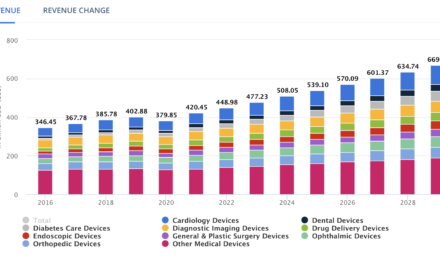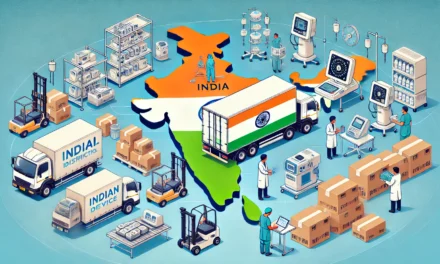
What are the regulatory requirements for manufacturing medical devices in India?

Manufacturing medical devices in India requires adherence to a comprehensive regulatory framework designed to ensure product safety, quality, and efficacy. The primary regulations governing this sector are encapsulated in the Medical Devices Rules, 2017, which operate under the aegis of the Drugs and Cosmetics Act of 1940. Below is an overview of the key regulatory requirements:
1. Regulatory Authority: Central Drugs Standard Control Organisation (CDSCO)
The CDSCO, under the Ministry of Health and Family Welfare, serves as India’s National Regulatory Authority (NRA) for medical devices. It oversees the approval, standards, and quality control of medical devices in the country.
2. Classification of Medical Devices
Medical devices are classified based on associated risk levels:
- Class A: Low risk
- Class B: Low to moderate risk
- Class C: Moderate to high risk
- Class D: High risk
This classification aligns with international standards and dictates the regulatory pathway for each device.
3. Licensing Requirements
- Manufacturing License: Manufacturers must obtain a license prior to production. The licensing authority varies by device class:
- Class A & B Devices: State Licensing Authority (SLA)
- Class C & D Devices: Central Licensing Authority (CLA)
- Applications should include detailed device information, quality management system documentation, and proof of compliance with applicable standards.
- Import License: For imported devices, an import license from CDSCO is mandatory. Foreign manufacturers must appoint an Authorized Indian Representative to liaise with CDSCO.
4. Quality Management System (QMS)
Compliance with the ISO 13485 standard is required, ensuring that the manufacturer maintains a robust QMS covering all aspects of design, production, and quality control.
5. Conformity Assessment and Certification
Manufacturers must demonstrate that their devices conform to the essential principles of safety and performance. This involves:
- Conducting risk assessments
- Ensuring compliance with applicable standards
- Obtaining certifications from Notified Bodies, especially for higher-class devices
6. Labeling and Packaging Requirements
Devices must be labeled in accordance with the Medical Devices Rules, providing clear information on usage, manufacturer details, batch number, and expiry date. Compliance with the Legal Metrology Packaged Commodity Act, 2009, is also necessary to ensure proper packaging and measurement standards.
7. Post-Market Surveillance
Manufacturers are obligated to monitor the performance of their devices post-market, report adverse events, and implement corrective actions when necessary. This ensures ongoing compliance and safety throughout the device’s lifecycle.
8. Clinical Evaluation and Trials
For certain devices, especially those in higher risk classes, clinical evaluations or trials may be required to substantiate safety and efficacy claims. Approvals for conducting clinical trials must be obtained from CDSCO.
9. Environmental Compliance
Manufacturers must adhere to environmental regulations, such as the Plastic Waste Management Rules, 2016, to ensure sustainable manufacturing practices.
Navigating the regulatory landscape for medical device manufacturing in India necessitates a thorough understanding of the applicable laws and diligent compliance to ensure market access and uphold public health standards.



























